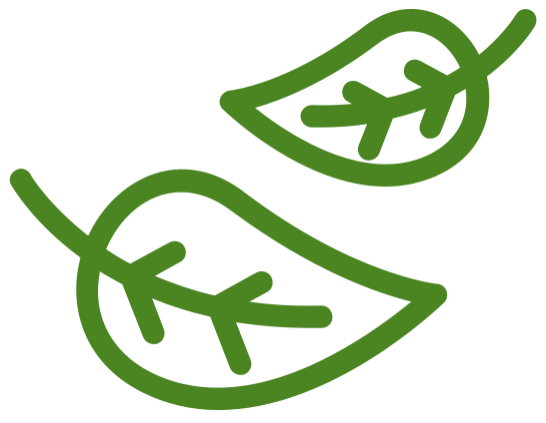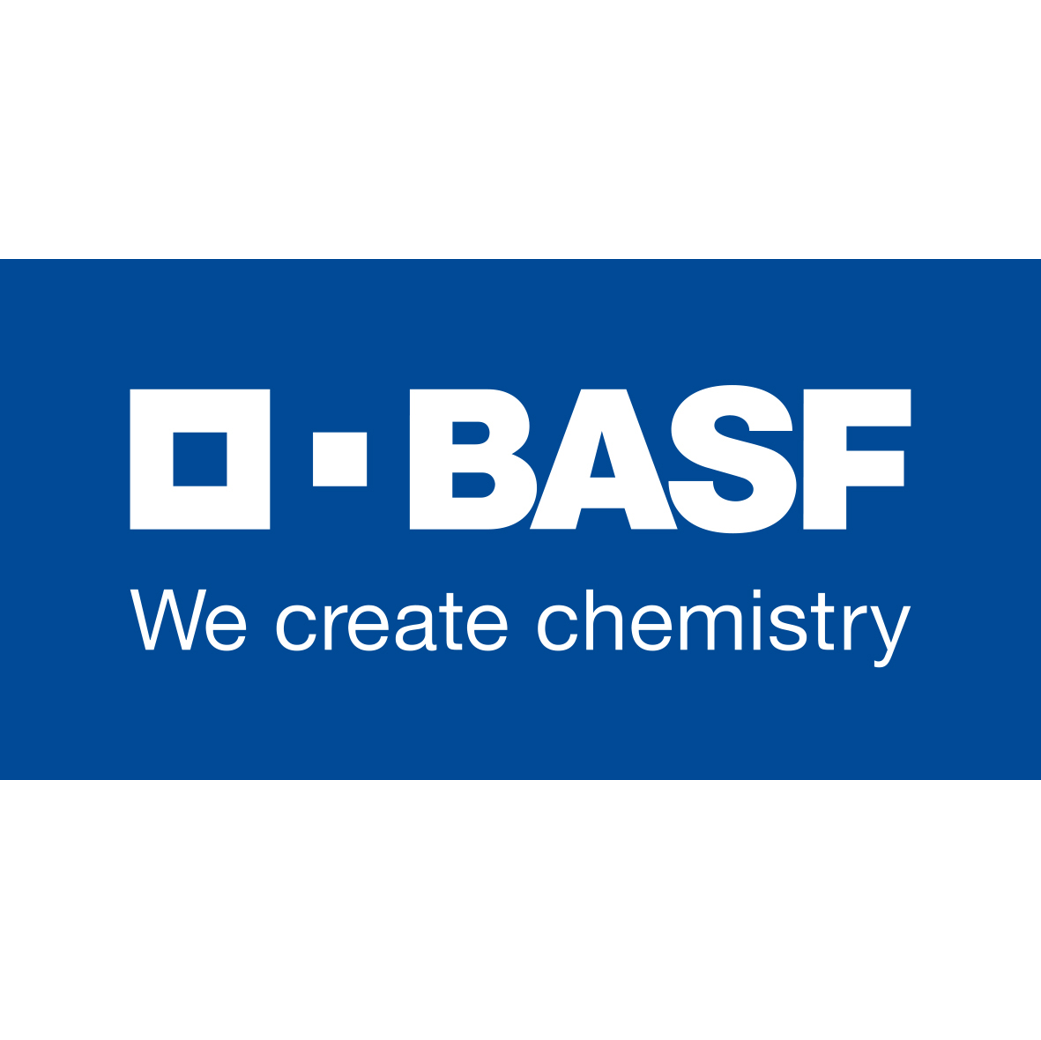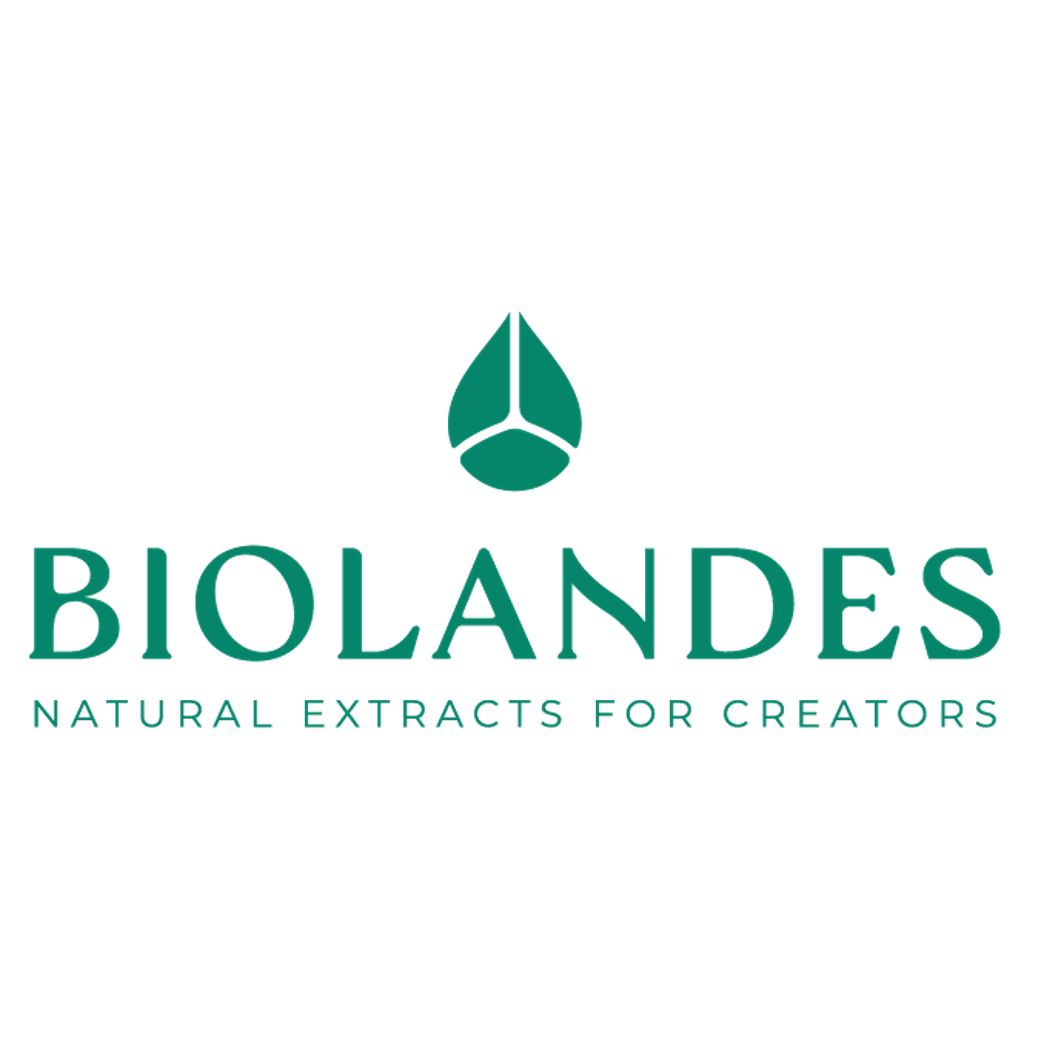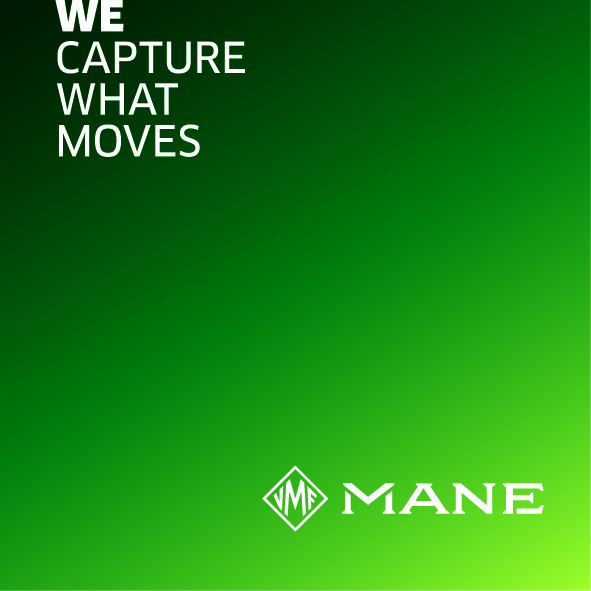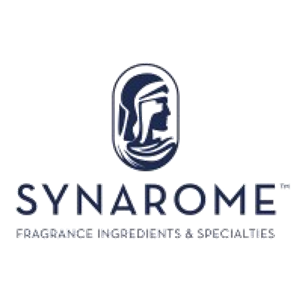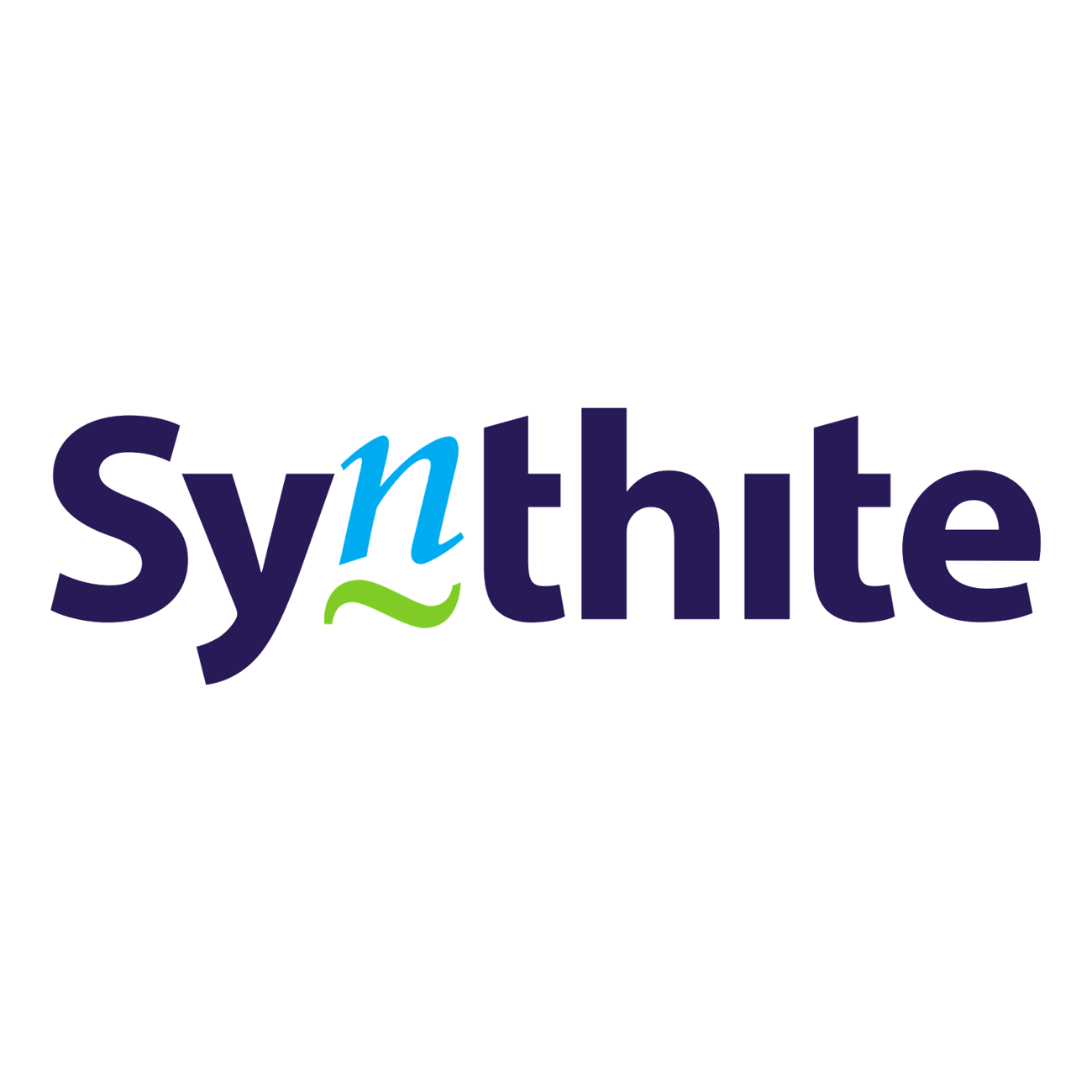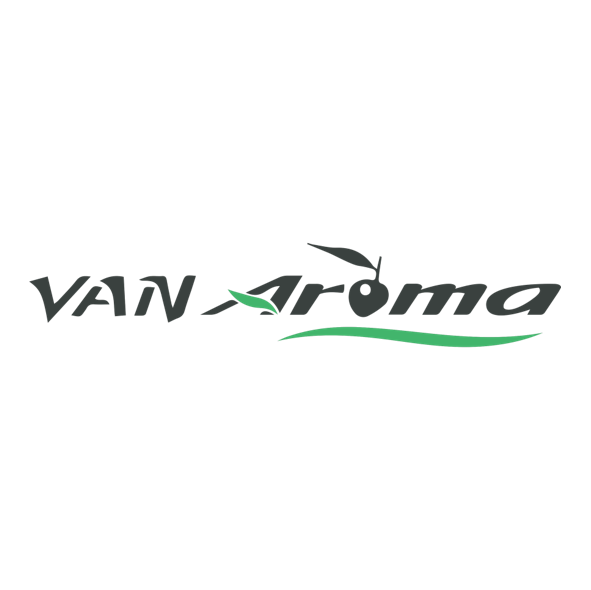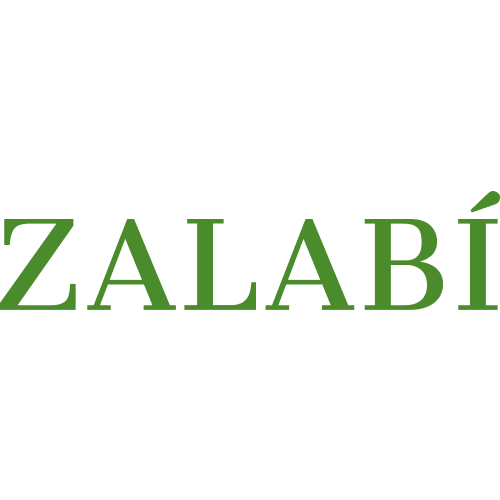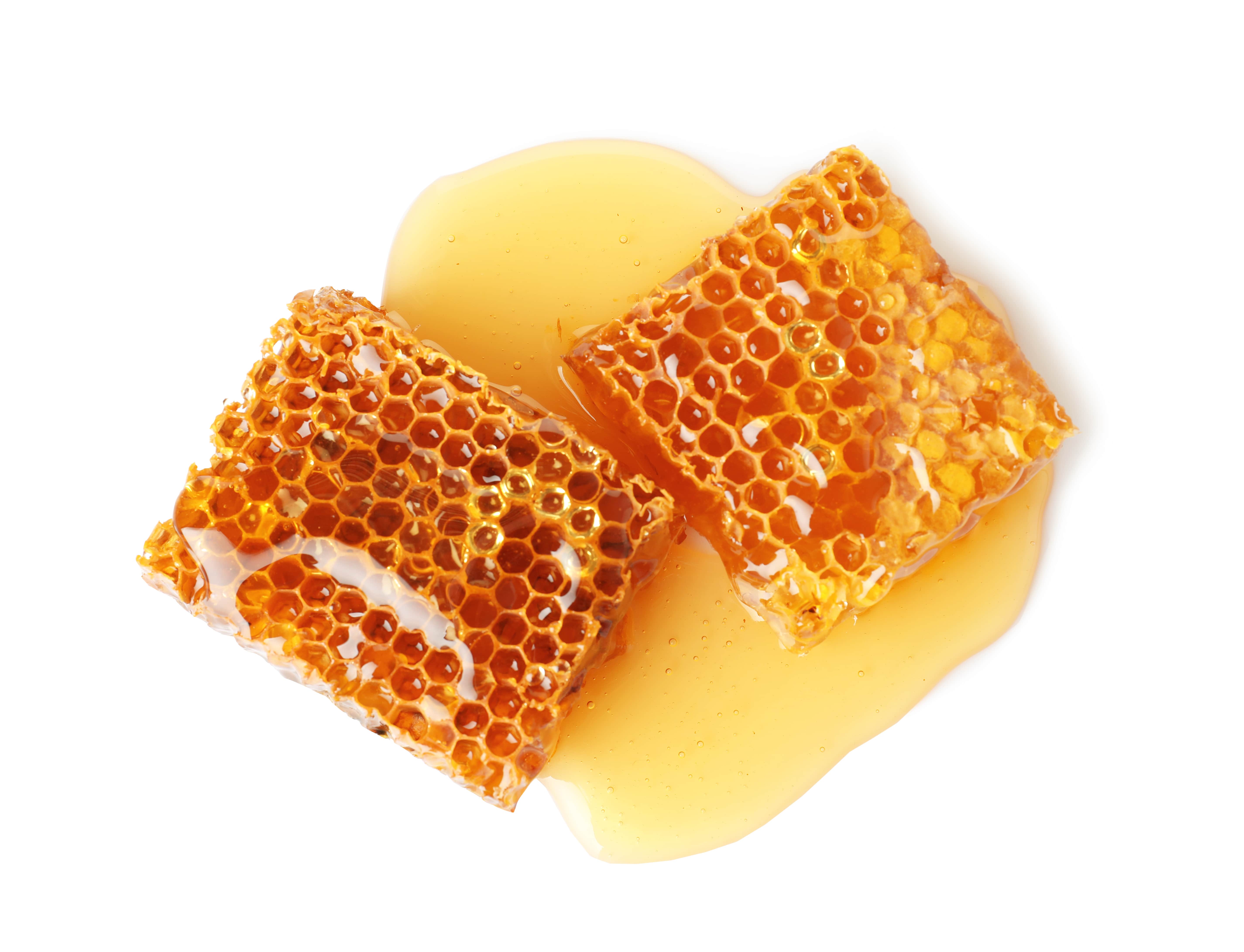| Company | Ingredient Name | ID | Comments | Naturality | Certifications | MOQ | Latin name | Treated part | Geographical origin |
|---|---|---|---|---|---|---|---|---|---|
|
|
BEESWAX ABS | 925005 |
Visit website
|
Naturals | - | - | - | - | |
|
|
BEESWAX ABS TYPE NAT | 220412 |
Visit website
|
Naturals | - | - | - | - | |
|
|
BEESWAX AND HONEYCOMB ABS | 925000 |
Visit website
|
Naturals |

|
- | CERA FLAVA | - | - |
|
|
BEESWAX HONEYCOMB ABS | 924605 |
Visit website
|
Naturals | - | - | - | - | |
|
|
Absolue de Cire d'Abeille - 30 Gr | - |
Visit website
|
- | - | - | - | - | |
|
|
CIRE D’ABEILLE | P00548045000 |
Visit website
|
Absolue |

|
- | Apis mellifera Linnaeus | Cire | Maroc |
|
|
HONEYCOMB ABS | - |
Visit website
|
- | 10 grs | - | - | - | |
|
|
BEESWAX ABSOLUTE | - |
Visit website
|
- | 10 grs | - | - | - |
General Presentation
-
CAS N° :
8012-89-3 -
EINECS number :
232-383-7 -
FEMA number :
2126
-
Volatility :
Heart/Base -
Price Range :
€€€€€
Physico-chemical properties
-
Appearance :
Yellow to amber paste -
Density :
0,900 - 0,980 -
Refractive Index @20°C :
Data not available. -
Optical rotation :
-
Vapor pressure :
Data not available. -
Flash Point :
70°C (158°F) -
Acid Value :
Botanical informations
Botanical name :
Apis mellifera Linnaeus,
Botanical profile :
The bees that produce the wax extracted in perfumery are animals of the Choreutinae family and the genus Anthophila.
The term Cera alba is the scientific name given to beeswax.
Chemotypes :
There are two types of beeswax :
The european (used in perfumery)
The oriental
. These two waxes are distinguished by their saponifying ability. The saponification value of the European wax is 3 to 5, while the oriental one is 8 to 9. This value corresponds to the necessary quantity of potash to saponify a gram of wax, in milligrams.
Extractions & Uses
Extraction process :
Beeswax is collected from beehives, emptied of their bees and then immersed in boiling water. The water resulting from this decoction is collected and decanted: the wax rises to the surface. The solid wax is separated from the water to melt again. Once melted, it is filtered to remove impurities. After it is cooled, the absolute is obtained conventionally by precipitating the wax in alcohol and glazed with a temperature gradient of 140 °F to 32 °F.
Uses in perfumery :
Used in fine fragrance for floral reconstitutions such as jasmine, rose, carnation or in tobacco and leather notes.
Stability :
Solubility issues in perfumes
Stable oil in perfumes and in diverse functional bases
Major Components :
Data not available.
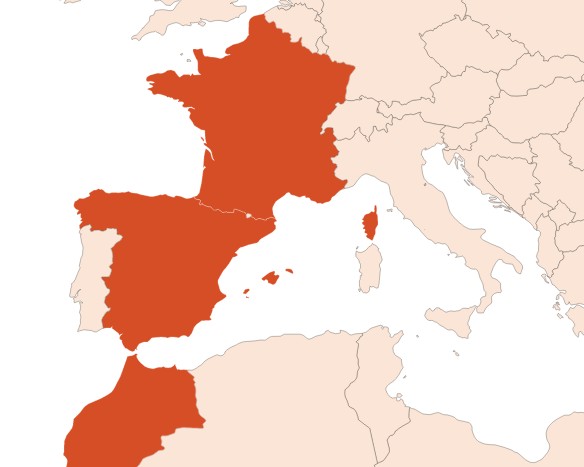
Photo credits: ScenTree SAS
Other comments :
Before extraction, beeswax is mainly composed of fatty acid esters such as palmitate, palmitoleate and oleate.
IFRA
IFRA 51th :
This ingredient is not restricted for the 51th amendment


